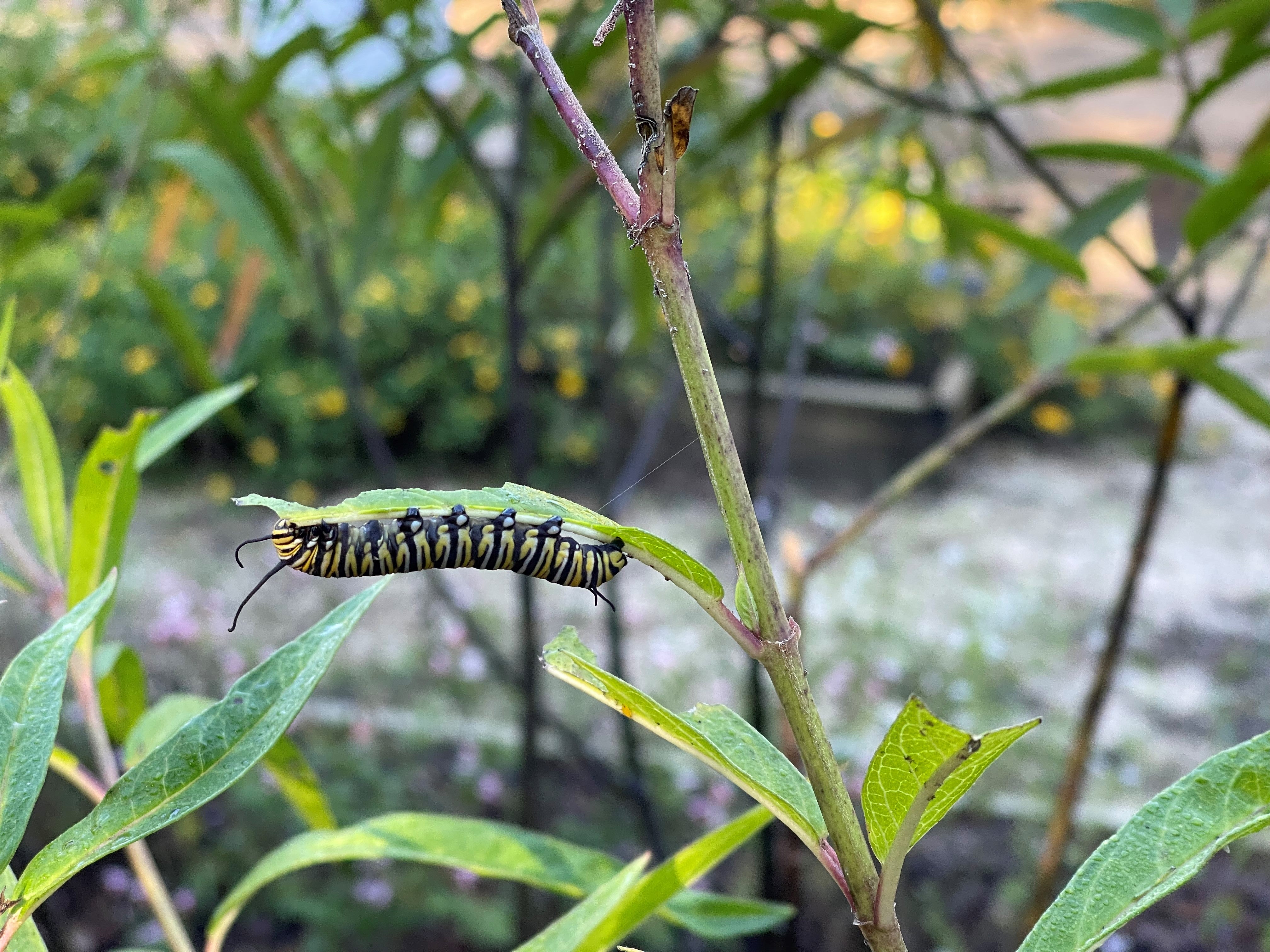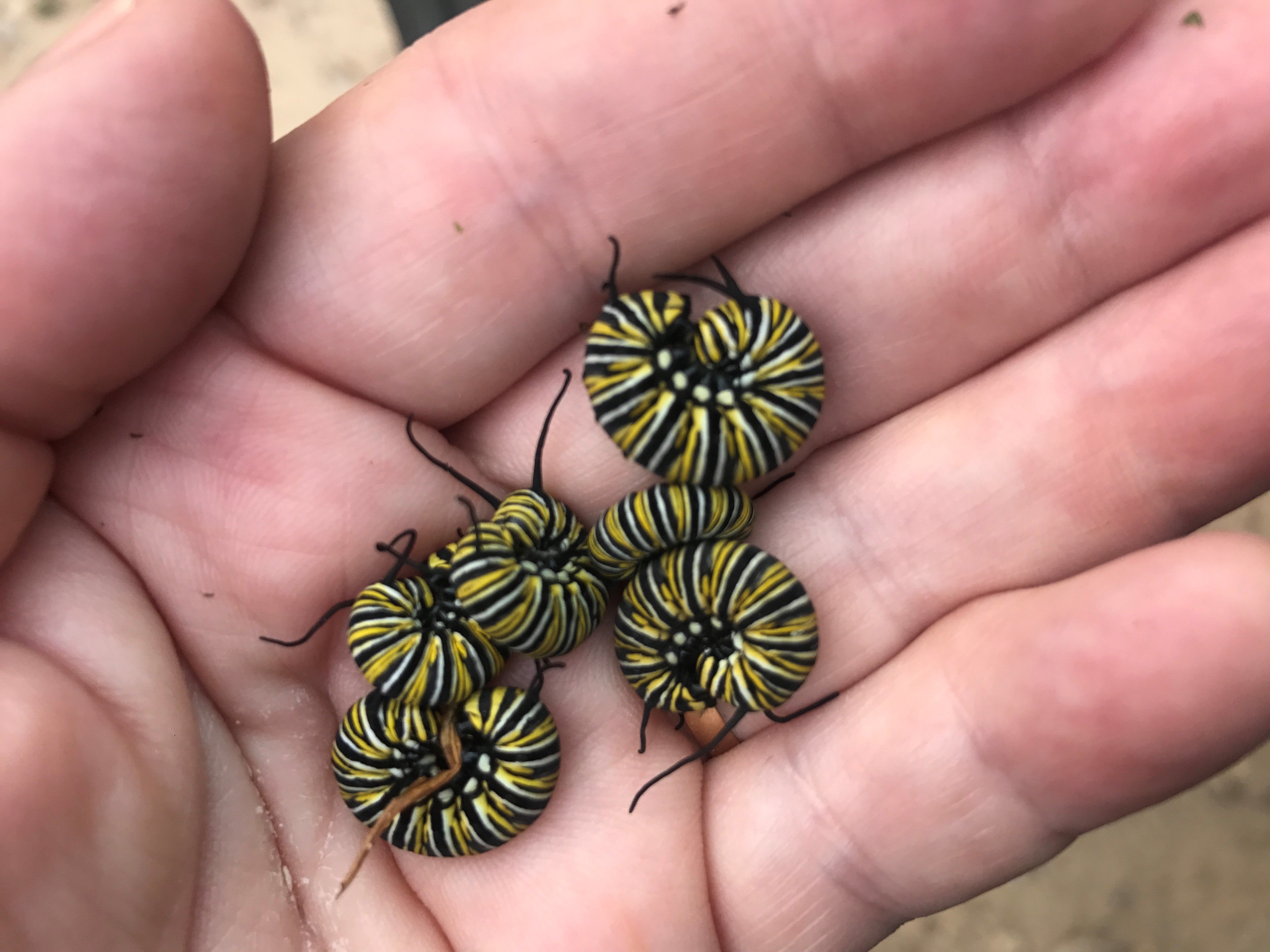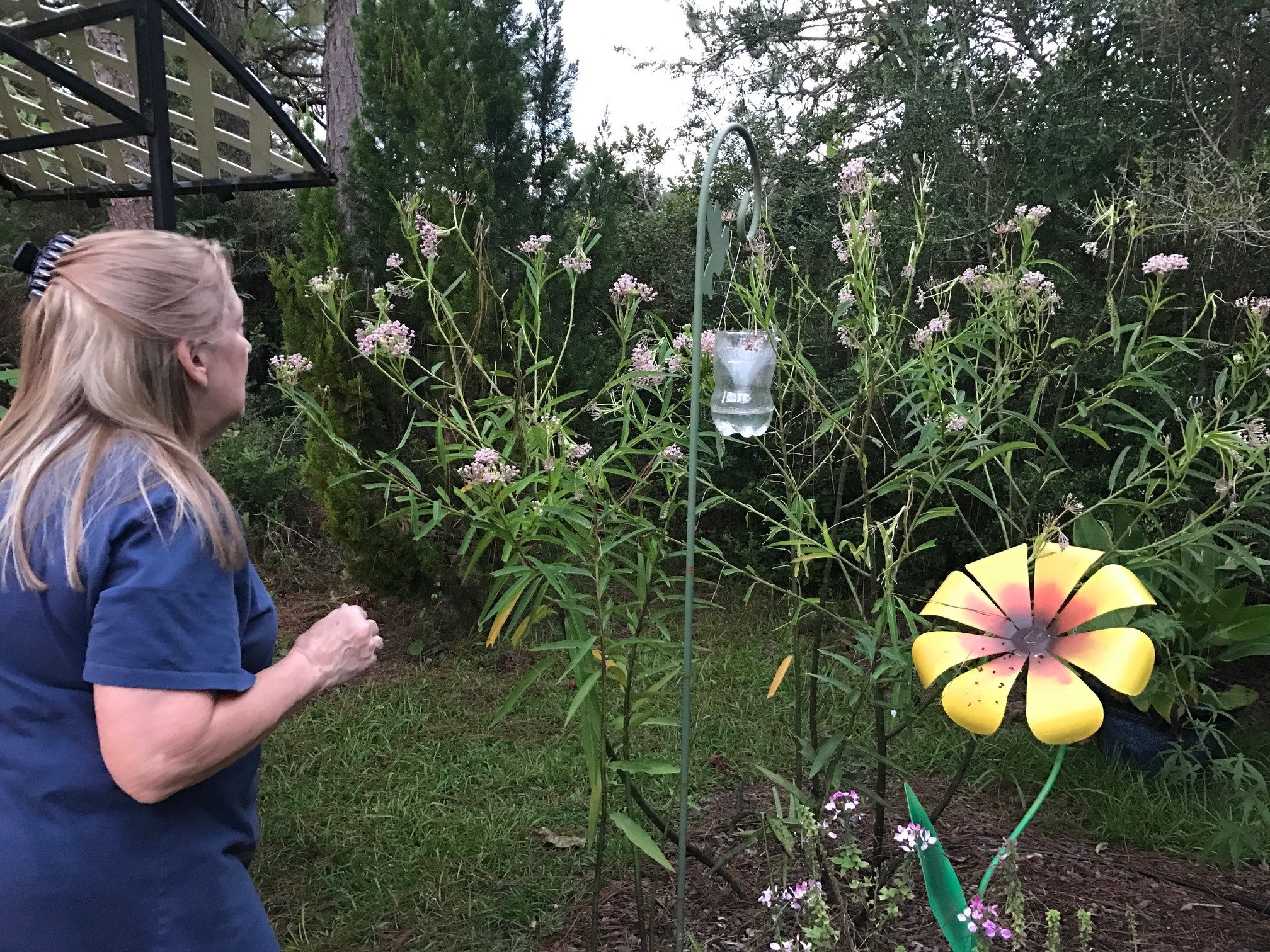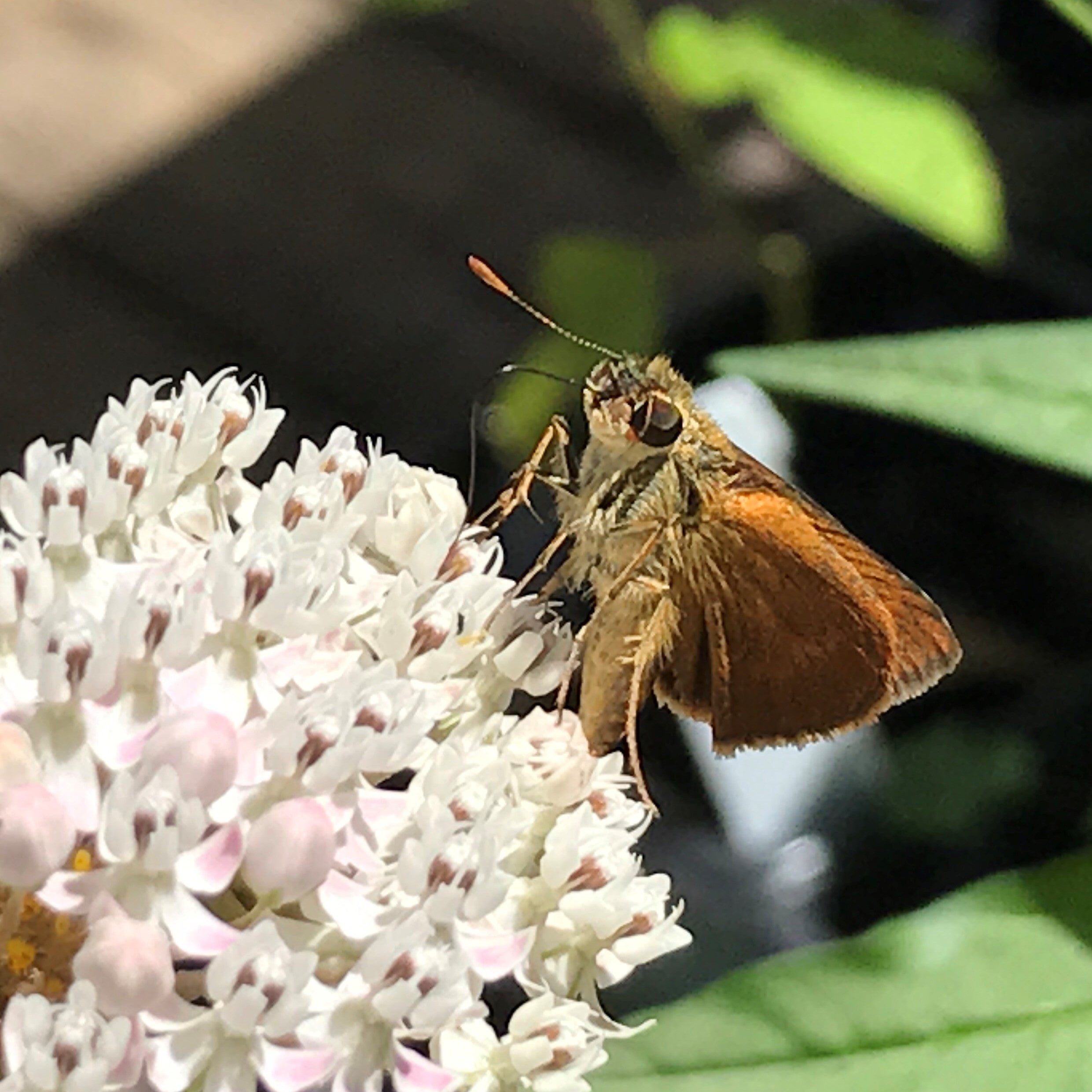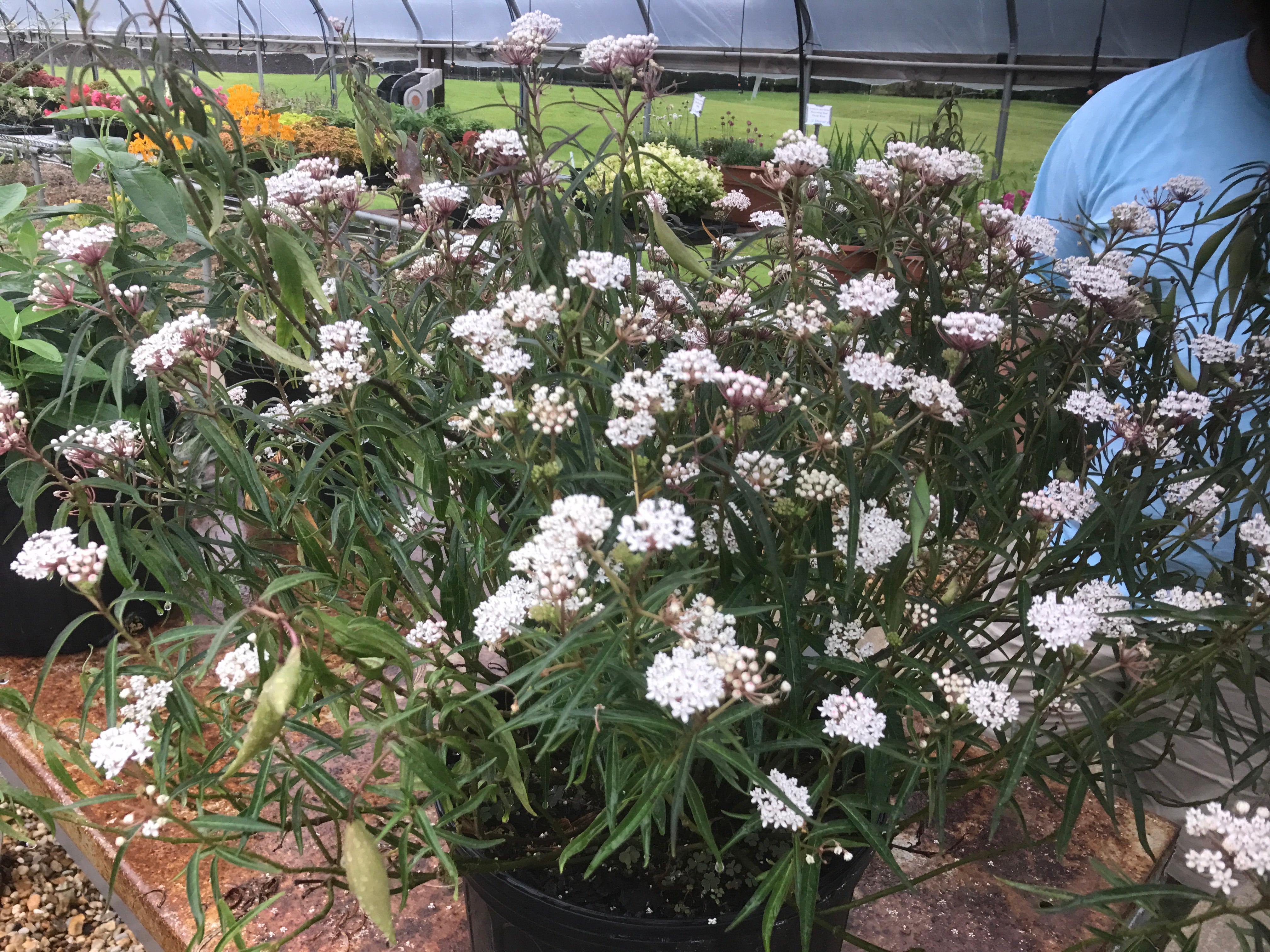Milkweed still a popular native perennial for Mississippi gardens
Published 4:23 pm Saturday, August 6, 2022
By Patricia Drackett
Director of the Crosby Arboretum and
assistant extension professor of landscape architecture with the Mississippi State University Extension Service.
Although it has been over seven years since The Crosby Arboretum first started receiving a steady barrage of questions from coastal gardeners seeking the best species of native milkweed (Asclepias) to benefit dwindling monarch butterfly population, we continue to get inquiries about Mississippi milkweed species, and sources for seed.
Fortunately, garden trials conducted over the years as a result of these inquiries yielded some very useful information, which is now available on The Crosby Arboretum website. To read or download these resources, simply plug the keywords, “Mississippi Milkweed Project” into your favorite Internet search engine.
Many gardeners may be familiar with the common orange butterfly weed (Asclepias tuberosa), but unaware that there are approximately 70 other species native to the U.S. About 15 of these species are native to Mississippi. The best species of milkweed for planting in a typical sunny garden bed in this region was determined to be swamp milkweed (A. incarnata), which has a wide range of soil conditions under which it will prosper. Butterfly weed (A. tuberosa) is also a good performer, but while swamp milkweed can tolerate both moist and dry soils, butterfly weed prefers to be in a more dry, gravelly soil. Aquatic milkweed (A. perennis) is found on the mudflats of the Pearl River and has large seeds with no “fluff” as its seeds are water-borne rather than wind-distributed. However, aquatic milkweed prefers a moist soil, in addition to some shade.
The posters on our website mention several milkweeds with potential for increasing the density of existing milkweed stands which grow in natural areas, such as longleaf milkweed (A. longifolia) or pineland milkweed (A. obovata), both of which occur in Pearl River County. Two native milkweeds occur at the Crosby Arboretum, fewflower milkweed (Asclepias lanceolata) and the longleaf milkweed, both coastal species that are found in wet pine savanna habitats such as our south pitcher plant bog.
While milkweed is the host plant for the monarch butterfly, meaning, it provides food for its larval form – caterpillars, it also is an abundant nectar producer, and is beneficial to pollinators in general, as insect populations worldwide are experiencing significant declines.
When designing your butterfly garden, include host and nectar plants to maximize the number of butterflies you will attract. If you are lucky, your garden will be dotted with the green chrysalises of monarch butterflies. These amazing structures are trimmed with metallic gold dots. It is an awesome sight to experience a monarch chrysalis change from opaque green to clear, and then a new butterfly emerging, usually in 5 or 10 minutes! Search the web for a video if you have never been treated to this show.
A commonly available milkweed is the tropical milkweed, Asclepias curassavica. While it is an attractive perennial with blooms of deep orange and yellow, unfortunately, in addition to being invasive, this non-native species can harbor a disease that affects monarch butterflies, causing crippling deformities or death. Search the Web to learn more about research on this “OE disease” as well the detrimental effect this non-native species appears to be having on monarch migration patterns.
Green milkweed (A. viridis) is also found Mississippi (although not in our coastal counties). It is widespread in other parts of the country. While it is a useful species, it is site-specific, preferring alkaline soils. The green bloom clusters may not be to everyone’s taste, I find them to be very unusual and attractive. Butterfly weed is the most common Mississippi species, growing throughout the state, and is also a common native perennial found in garden centers. However, if your garden doesn’t provide the right conditions, notably the dry, well-drained soil it prefers, you are out of luck.
If the subject of monarchs and milkweed interests you, make a point to do some research online. Visit the Arboretum’s Mississippi Milkweeds page and study the USDA range maps showing the distribution of our state’s milkweed species. See examples of swamp milkweed in our Pollinator Garden. Most of all, stay tuned, as we will continue to offer programs on this topic!
You can learn about some exceptional Mississippi native shrubs for your home landscape on Saturday, August 13 from 10:00 to 11:00 a.m. with forest and wildlife biologist Robert Smith of Wildlife Mississippi who will lead a walk through the Crosby Arboretum’s plant communities. Many native shrubs provide valuable food sources for wildlife throughout the seasons. Program cost is $3 for members and $6 for non-members.
Registration is highly recommended for all programs so you will be guaranteed a place, as we will not always have room for walk-ins. Call 601-799-2311 to sign up. For more information, see our website calendar at http://crosbyarboretum.msstate.edu/ or visit our Facebook page. The Arboretum is open 9 a.m. to 4:30 p.m. Wednesday through Sunday and is located at 370 Ridge Road in Picayune, at I-59 Exit 4. Leashed pets are always welcome!


